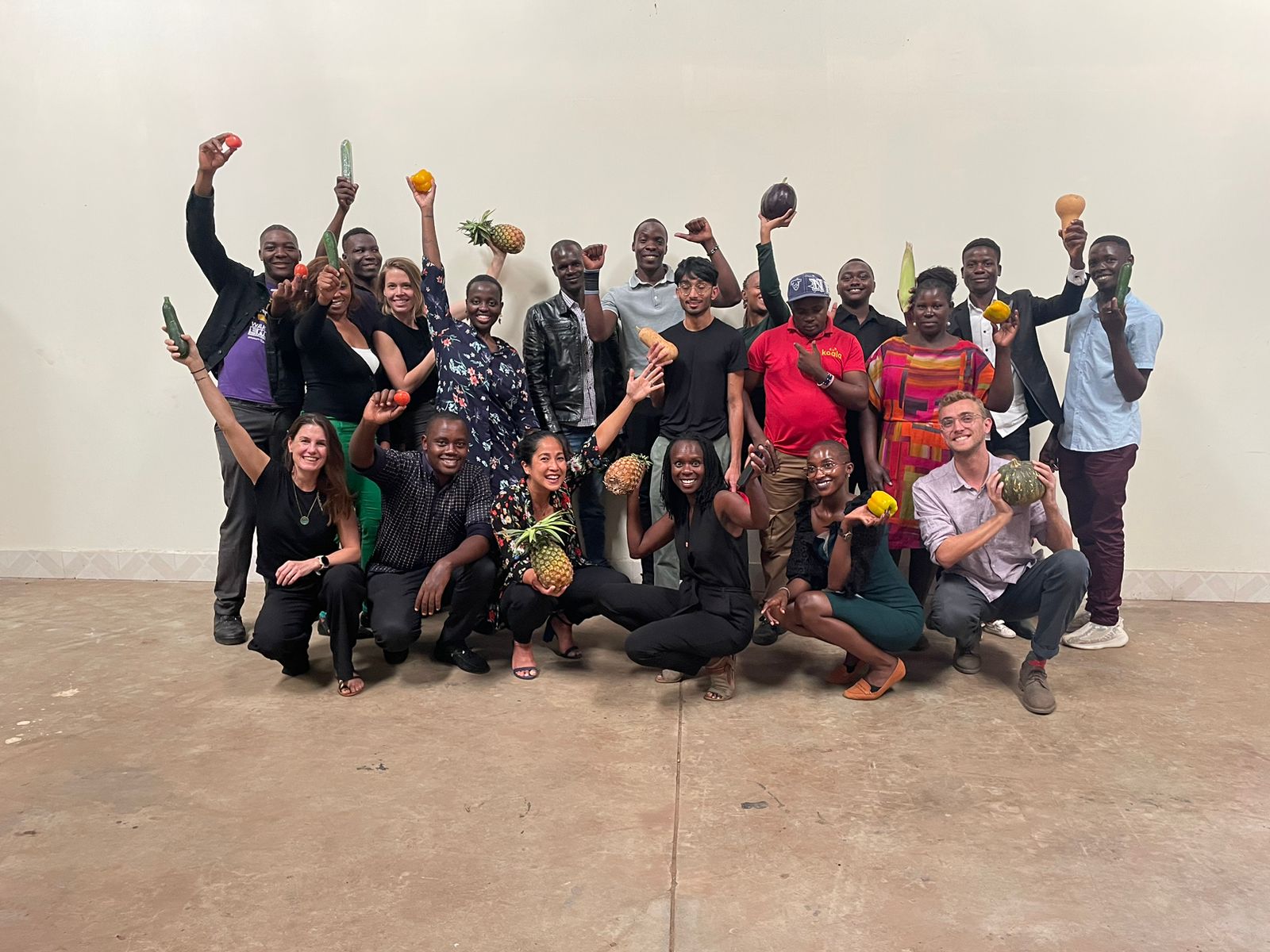Impact measurement and management isn’t just magical thinking. With enough effort and skill, the practice produces value and insights for investors, which can help them make better and higher-impact investing decisions. That case is made strongly in Impact-Financial Integration, a handbook for investors published earlier this year by The Impact Management Project.
IMP asked Bridgespan to review the handbook as an outside expert and pull out highlights and insights.
In current investment practice, financial and impact performance are typically assessed separately rather than in comparison to one another. The handbook tears down this divide so that investors can play a greater role in solving social problems. Two years ago, it launched a learning cohort that engaged 13 investors to advance their impact management practices in ways that are fully integrated with financial risk and return. This valuable handbook shares important lessons from that work.
By sharing the nitty gritty of how these 13 investors built their frameworks, the handbook provides critical structure to a field that can sometimes get caught up in glossy PDF impact reports. Following how each investor built out its tool demonstrates a messy reality of impact measurement and management in practice today: that even with critical consensus emerging around standards like those put forward by the International Finance Corporation, we are in early days of implementation, and organizations are paving their own paths.
One section we were glad to see covers “organizational challenges and benefits.” The nuts and bolts of process, roles, decision rights, systems, and incentives often get less attention, and their importance is underappreciated. As participants shared (anonymously), the effort of prototyping and socializing these tools was a consistently significant undertaking—and proved to be the critical step in moving from good thinking to changing practice.
The Impact-Financial Integration handbook also highlights where the field needs to go further in advancing practice, in particular:
Involving stakeholders. Understanding and taking into account the needs and preferences of stakeholders is a vital best practice for impact investors, though often more talked about than actually practiced. It’s not easy to assess the social benefits of an investment without talking to those who are expected to be helped by it. The Boston Ujima Fund is one of the few funds that we have seen that has gotten really serious about this—facilitating a process through which community members designed their impact framework and giving them a real say in the governance of the fund. Its process stands in contrast to most others, which are often designed without any direct voice from the people an investor is looking to support. The handbook provides some useful resources for investors who want to learn more about stakeholder involvement.
Supporting companies to grow their impact after the transaction. Ongoing impact management is another element discussed in the handbook where we see particular opportunity for investors. Sometimes the impact investing field gets hung up on the question of investor contribution, and theorizing about which types of investors could add what types of value. We are starting to see more investors put aside the theoretical question and instead ask themselves a more immediate and practical one: What actions can I take to increase the impact rating of my investments within my own framework?
Stepping back, what’s most remarkable about this collaboration is that it happened at all— most investors have been reluctant to openly discuss the “messiness” that they must push through to integrate impact and financial performance. The effort has paid off: By sharing their experiences, the investors have helped to build a road-tested infrastructure for the field, with robust examples and explorations of the tradeoffs faced by this group of pioneers. And it’s a diverse group in terms of investor types and styles, so the handbook has broad applicability.
Michael Etzel and Stephanie Kater are partners at The Bridgespan Group, where they co-lead the impact investing practice.











